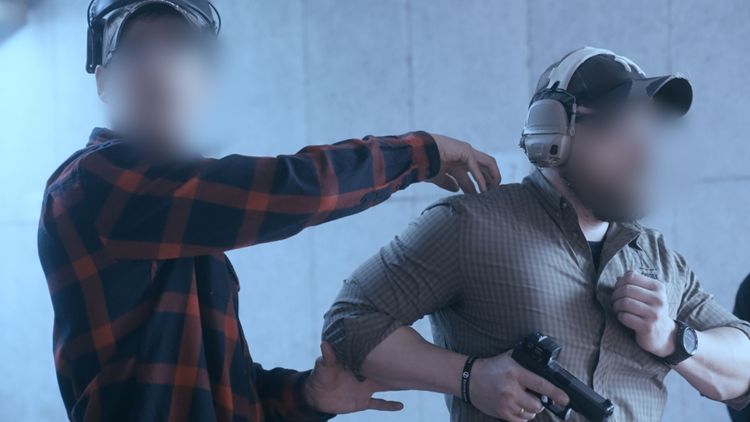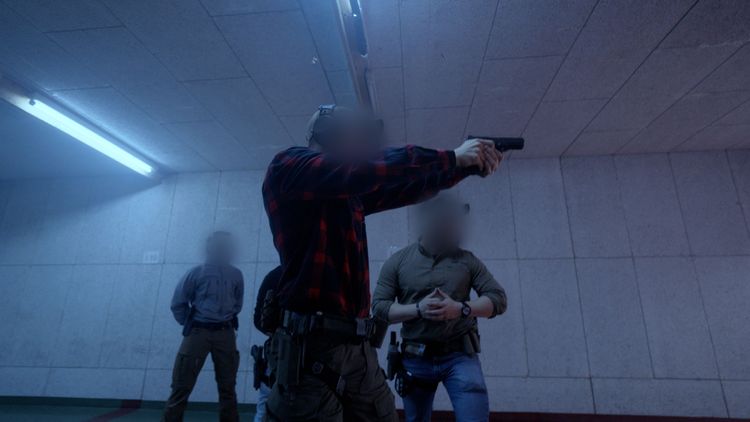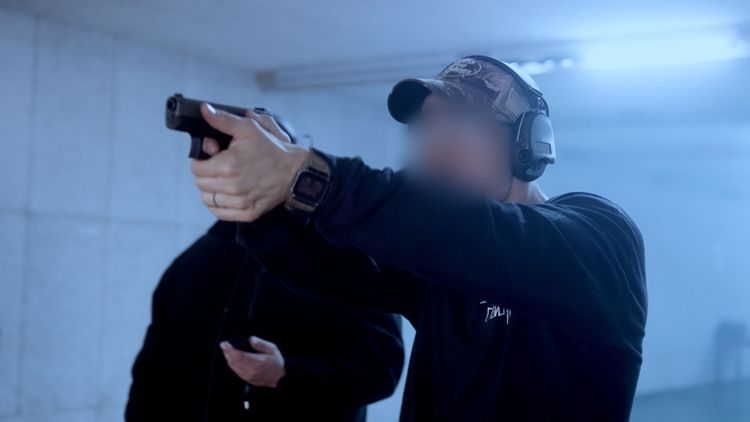"So... and now you'll shoot... um... 3 times at the red circle and 5 times at the yellow one. And concentrate while doing so
At that moment, it dawned on me that the training session would likely result in nothing but wasted ammunition unless I took the initiative to address my weaknesses...
Far too frequently, both in official and private shooting instruction, one observes a lack of deliberate planning and foresight from instructors - even those who may excel in marksmanship themselves. Often, the training appears to be haphazardly concocted en route to the shooting range, with the primary objective seemingly to discharge rounds into targets.
It should be evident to every instructor that mindlessly repeating drills will yield little improvement in performance. Just as one doesn't visit the gym, randomly perform a few squats, and expect to set a new personal record, the same principle applies to shooting instruction. Yet, regrettably, this appears to be the prevailing approach in some circles. Even when a plan is formulated, it frequently seems to derive from exercises stumbled upon, perhaps on social media platforms like Instagram, without considering their alignment with the training objectives.
In my experience, there is often a conspicuous absence of meticulous planning, structure, and preparation in shooting instruction, undermining its effectiveness.

"So now, simply shoot 3 times at the red circle and 5 times at the yellow one. And concentrate!" At that moment, it became evident to me that the training session would be nothing but a waste of ammunition unless I took the initiative to address my weaknesses independently...
As instructors, it is our responsibility to provide structured and well-thought-out training plans to the participants – after all, it is our duty to make them better practitioners.
It would be optimal to consider the training sessions in a periodized manner. This means that I should think about which topics I want to cover in a specific timeframe (e.g., one year, one quarter, or even a course), how these topics build on each other, repeat, and integrate into the respective operational tasks. Ideally, I would also establish training goals for this periodization, which I could then assess through performance evaluations, for example, after completing a topic area, thus documenting the performance development of my participants. This transforms aimless shooting into targeted work toward a goal, providing everyone with a clear direction.
To aid in structuring individual training sessions, I would like to provide you with some exemplary guiding questions that I use to plan my training:
- What is the learning objective for today's training (within my periodization)?
- What procedures or activities must the shooters be able to perform?
- How can I design exercises that specifically improve these procedures?
By adhering to these questions, the training – for both instructors and participants – will noticeably become of higher quality, more productive, and ultimately more motivating.

An example: A fictional group of firearm carriers carries their weapons openly in a professional context (Open Carry). An average self-defense scenario involves multiple shots in close proximity from the holster.
To improve precisely this topic, as the responsible shooting instructor, I allocate, for example, six months in my annual planning. Based on my assessment of the known training participants and operational requirements, I set the half-year goal that my participants should be able to shoot a Bill Drill* in an average of under 3 seconds (= performance evaluation). So, I start my periodization by assessing the current state.
Here, for example, I find that the shot groups are good (A-Zone is largely maintained), but the first shot breaks after over 2 seconds, and the splits thereafter are too slow at 0.4 seconds to meet the time requirement. The aim of my training will therefore be to make the quick first shot from the holster repeatable in the range of 1.4-1.6 seconds and the splits in the range of 0.2-0.3 seconds.
In my periodization, for example, in the first quarter, I isolate the presentation / the perfect first shot, and in the second quarter, the work in shot sequences. However, elements of each other's themes should also be found in the respective areas.
The training goal for the first half-year is thus, in short: - Bill Drill in under 3 seconds -.
For the training planning of the individual units, I then ask myself as stated above:
- What is the learning objective for today's training (within my periodization)?
- What procedures or activities must the shooters be able to perform?
Answers:
- Draw motion
- Quick first shot
- Focus change
- Recoil control
- Trigger cycle / trigger reset
- Mental strength (stress situation deployment/examination)
3.How can I design exercises that specifically improve these procedures?
Based on my answers under 2, I design or select productive exercises, plan the training sessions, and set intermediate goals.
The difference to "just shooting" is probably already evident at this point. The difference in motivation and training progress will speak for itself... And WE will discuss the phrase "...and concentrate!" next time.
Until then,
Your Bert
*Bill Drill, named after a guy named Bill = 7 yds, 6 shots from the holster into the A-Zone. Professionals' times: Under 2 seconds - My time: Not under 2 seconds

